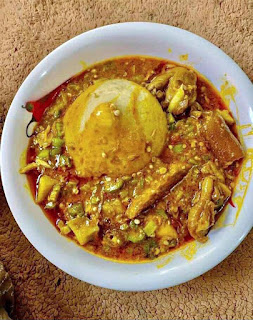This post throws light on how to cut A4 size paper from a parent size paper but specifically a parent size of 30" x 40". Before progress is made into what this article seeks to achieve, it is very good to set some foundations and explanations about some major terms as far as print production or reproduction is concerned as some of these terms might even be used here.
Terms
Parent or stock size sheet: In printing, paper comes in an industry standard size which is sold or bought in reams. The size of paper which is the relatively big size purchased before cutting into working sizes is called the parent or stock size sheet or paper.
Ream: A ream refers to a set of 500 sheets of paper. This is how paper is sold and so a ream is parceled and sold individually or as a collection of reams.
Offcuts: These are the unwanted paper sizes that remain after a desired working size of paper is cut from a parent sheet.
Working size: It refers to the size of a finished work plus the allowances added for gripper margins. After the print is done, the finishing processes like trimming, binding etc are carried out and then the work is rendered or delivered in the actual client-ordered size known as the finished size.
A4 size paper has a dimension of (8 1/4" x 11 3/4") or 210mm x 297mm. This simply put in inches in decimals is 8.3" x 11.7". Some like to work with the size as fractions and others just as decimals.
The parent size sheet considered for this activity is 30" x 40" size of paper. There are three two ways of cutting any working-size paper from a parent sheet paper.
They are:
- Regular cutting
- Stagger cutting
Regular cutting
This method ensures that the cutting is done in a fixed direction which is easy to work with. This method when used to cut for instance A4 from 30" x40" paper, the number of A4 outs can be 8 or 9 depending on how the measurement is carried out.
Let's look at the two outcomes of using the regular cutting method.
This first method gives us eight (8) A4 outs from the 30" x 40" parent sheet. Knowing that A4 has a dimension of 8.3" x 11.7", the shorter side was put along the 40" side of the parent sheet [40 / 8.3 = 4.8] which is 4 simply put.
The other side 30" of the parent sheet takes [30 / 11.7 = 2.5] but simply put 2. These findings is what the figure below demonstrates.
Alternative calculation:
30" x 40" = 2 x 4=8 out
8.3" x 11.7"
The division was done diagonally meaning 11.7 into 30" three times and then 8.3" into 40" four times. The results of the divisions which are 2,4 are then multiplied which gives us 8 out.
The diagram shows eight A4 size papers measured and to be cut from the 30 x 40 parent sheet
The second method of regular cutting gives us nine A4 size sheets out of the parent or stock size sheet with same dimension 30" x 40".
The calculation:
30" x 40" = 3 x 3 = 9 out
8.3" x 11.7"
The division is vertically done meaning that 8.3" divided 30" three times and then 11.7" into 40" three times and the results of the division are multiplied which gives us 9 out. These calculations are the alternatives ways one can use to figure out the number of working size sheets that be cut from any available parent size sheet.
The diagram shows the second method of regular cutting which gives us nine A4 size sheets out of the parent 30" x 40" sheet.
Stagger cutting
A method in which the size to be measured and cut out from the parent sheet is done in an irregular pattern or manner. This method gives more number of out and thereby reducing offcuts to the very minimum since printing it is an economical step to ensure too much paper does not go to waste. There isn't a calculation for this per se as with the regular cutting since this method is kind of irregularly laid out. In a way, it combines both types of regular cutting methods and then gives 10 out.
The diagram shows stagger cutting that gives us 10 out from the parent sheet.
When cutting out sheets from any parent sheet, it is important to be careful with the measurements to ensure there is accurate cutting such that the required finished size is obtained after the printing to avoid shortages that might result in the rejection of works by the client. Also if an industry cutting machine isn't available for cutting then a sharp edge must be used to ensure the edges of cut paper are smooth enough for an unobstructed printing process.
What is print estimation?
It is the process of determination the cost of producing any print deliverable.














Comments
Post a Comment
Share your views on this insightful content